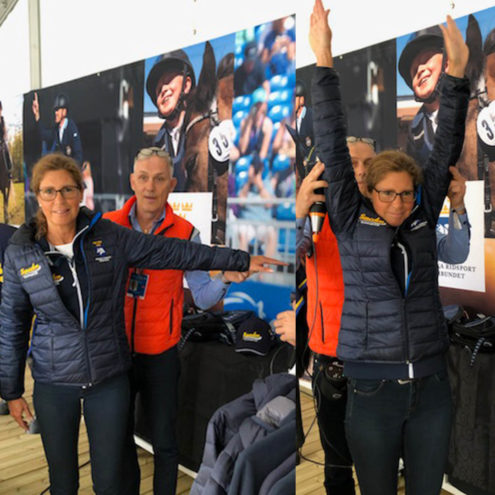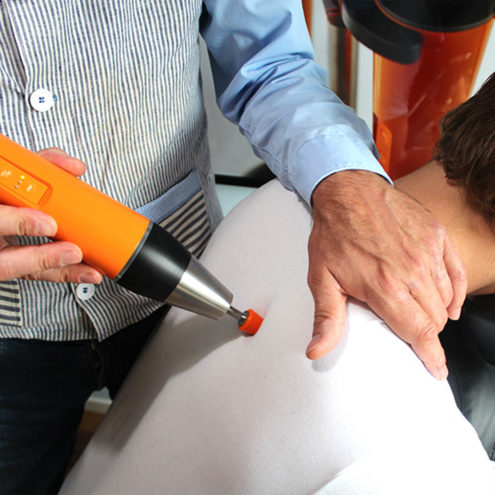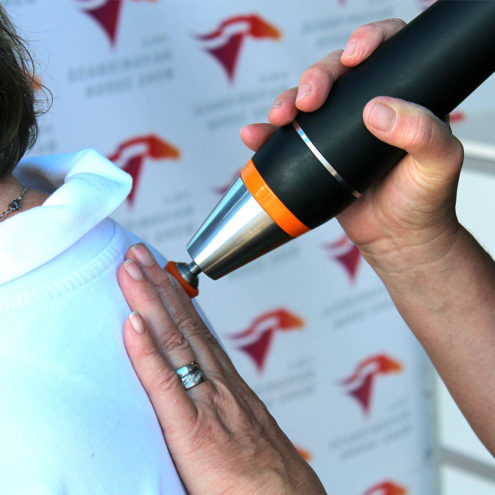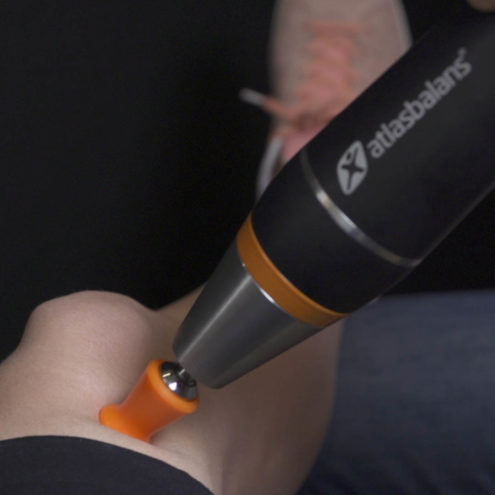Torticollis in Children: Understanding, Symptoms and Management with the FasciaClinics
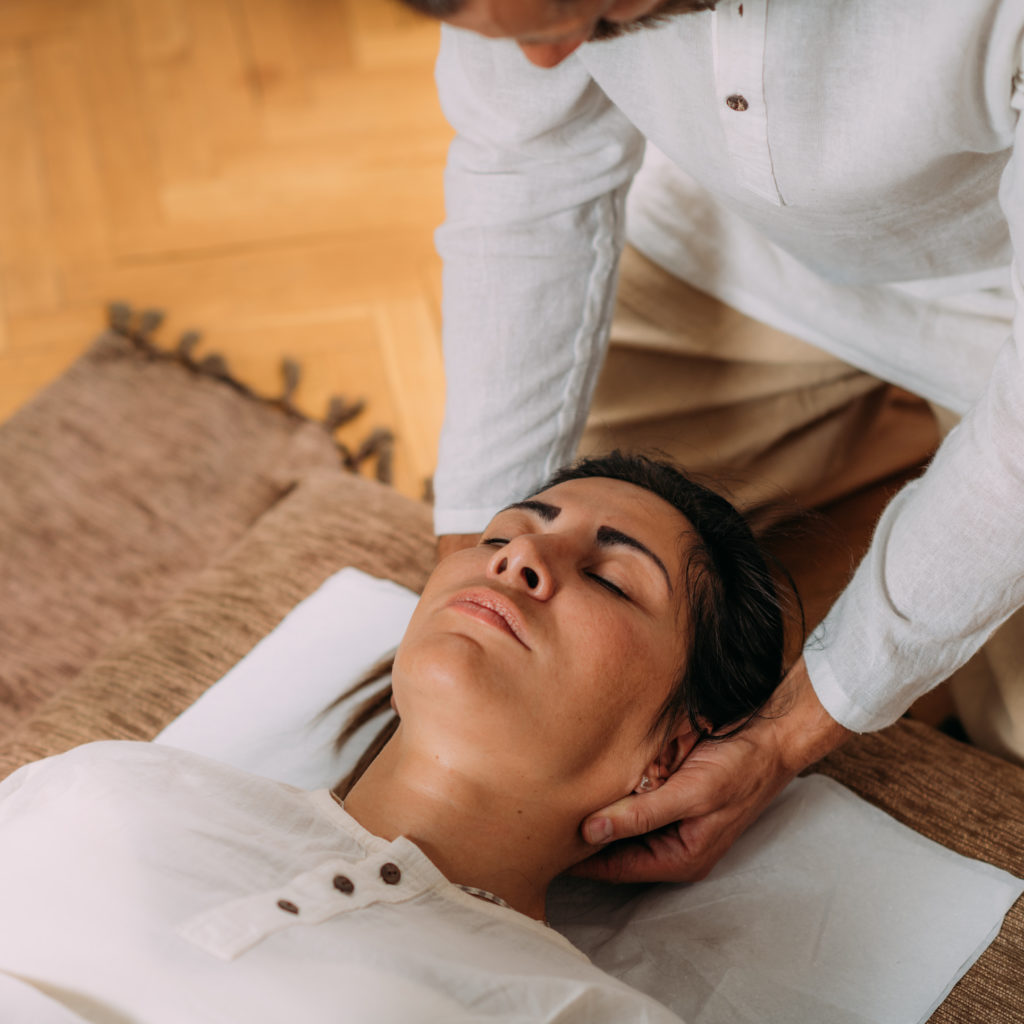
Torticollis is a painful condition that can affect both adults and children. In this comprehensive article, we will explore neck pain in children and how to understand, identify, and manage this condition using the FasciaClinics fascial perspective.
What you need to know about torticollis in children
Torticollis, also known as acute torticollis or twisted neck, is a condition where the neck muscles become inflamed and painful. Torticollis can also affect children, and it is important to understand the differences in how it affects them compared to adults.
Common Symptoms and Signs of Torticollis in Children
When it comes to torticollis in children, it is important to pay attention to both physical and behavioral symptoms:
Physical symptoms
The most common physical symptoms in children with torticollis include:
Restricted neck mobility: the child may have difficulty moving their head in different directions due to pain and stiffness in the neck.
Headaches: Some children may experience headaches as a result of torticollis.
Behavioral changes
Children cannot always express their pain in the same way as adults. Therefore, neck pain in children can also be manifested through behavioral changes, including:
Increased irritability: The child may be more cranky or irritable than usual because of the pain.
Reluctance to participate in physical activities: If the pain is severe, the child may avoid participating in play or sports activities that previously seemed enjoyable.
Causes of torticollis in Children
Torticollis in children can have several causes, including:
Trauma and Injury
Falls: A common way for children to develop neck pain is by falling on their head or neck, which can cause stretching or inflammation of the neck muscles.
Sports accidents: Some sports activities can increase the risk of neck injuries in children, especially if proper protective equipment is not used.
Infections and Diseases
Infections: Some infections, such as ear infections or throat infections, can cause pain and inflammation in the neck region.
Diseases: Some medical conditions, such as rheumatoid arthritis, can also affect the neck muscles and lead to neck pain in children.
Handling
Dealing with torticollis in children requires patience and care. Here are some tips and advice for parents:
Home care
Rest: Give your child adequate rest to help with healing. Avoid overloading the neck.
Light exercise: Gentle movements and gentle stretching of the neck can be beneficial to maintain mobility.
Warmth: Warmth, such as a hot water bottle or hot shower, can help relieve the pain and relax the neck muscles.
Light massage: Light massage such as stroking can soften and relieve pain in the neck muscles.
When to Seek Medical Help
Some signs and symptoms indicate that it’s time to seek professional care:
If the pain worsens despite home care and rest.
If the child experiences fever or other serious symptoms related to torticollis.
Lying Shoulder Flexion Using a Stick
Description: Lie on your back and hold a broomstick, cane or similar with your palms down. Your elbows should be straight. With your healthy arm, help to bring the cane over your head until you feel a stretch in your arm with the injured shoulder. Repeat the movement for 2-3 sets of 10-15 repetitions.
Purpose: This exercise improves shoulder mobility and softens muscles and fascia.
If torticollis follows an accident or trauma, such as a fall.
Recognizing these signs and taking the child to a doctor or specialist in time can be crucial for successful treatment.
Preventive measures and tips
To reduce the risk of neck strain in children, the following measures and tips can help:
Correct Sitting and Sleeping Positions
Ergonomics: Make sure your child has an ergonomic sleeping area and desk where there is no neck strain.
Pillows: Use a pillow that is appropriate for the child’s size and age to properly support the neck during sleep.
Activity Adaptations
Safety measures: Make sure your child uses the right protective equipment during sports activities and follows safety guidelines.
Balanced Training: Promote a balanced and varied training that includes stretching and strength exercises.
FAQ – Frequently Asked Questions about Torticollis in Children
How can I differentiate torticollis from other medical conditions?
Distinguishing torticollis from other medical conditions can be difficult. If your child experiences limited neck mobility, pain and any abnormal symptoms that do not improve with simple home care, you should seek medical advice to rule out other conditions.
Can torticollis in children be a sign of a more serious illness?
Torticollis in children is usually a painful, but not serious condition. However, it can be a symptom of an underlying infection or disease, especially if accompanied by fever or other serious symptoms. Therefore, it is important to consult a doctor if you are unsure.
What activities should my child avoid when they have torticollis?
When your child has torticollis, they should avoid activities that require extreme neck movements or increased strain on the neck. This means avoiding sports activities that may increase the risk of injury and avoiding heavy lifting or excessive movement of the neck.
Conclusion: Support your child’s recovery with the help of the FasciaClinics
It is important for parents to understand and be able to manage torticollis in children. With the right care and attention, children can recover and regain their normal mobility. If you have any questions or concerns regarding neck pain in your child, don’t hesitate to contact the FasciaClinics for expert care and further advice. We are here to help you and your child on the road to a pain-free and comfortable recovery.
 Search
Search








